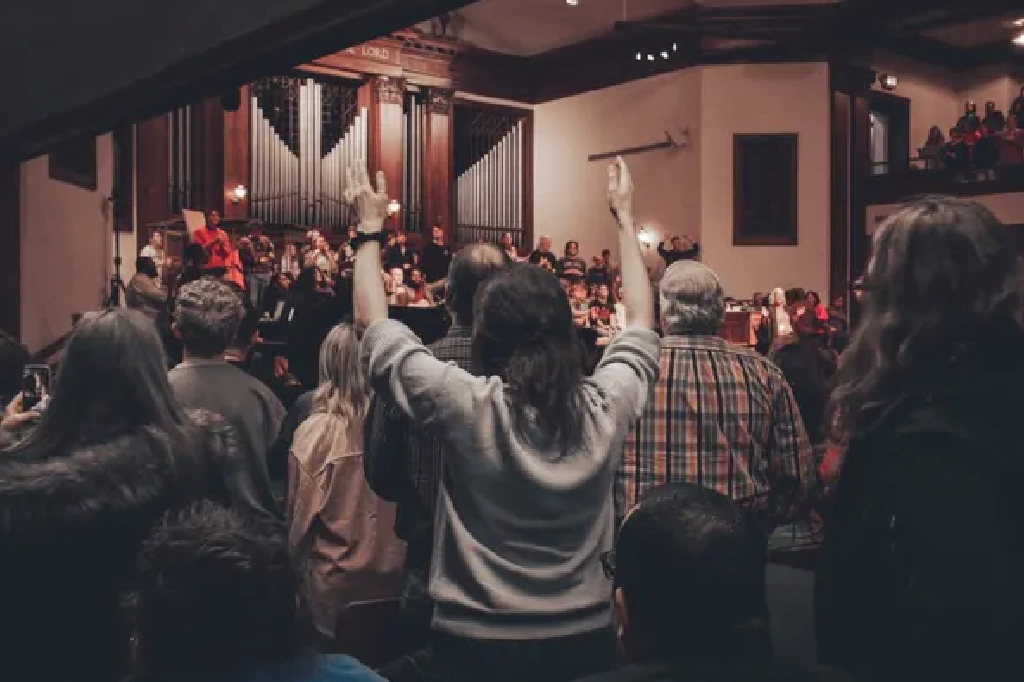Global Youth Culture: Identity and Relationships
Let’s dive into what our recent Global Youth Culture research discovered about today’s teens’ Digital Connectedness and Impact.
Let’s dive into what our recent Global Youth Culture research discovered about today’s teens’ Identity and Relationships.
- Around half of teens believe gender is primarily based on the sex with which a person is born. The other half believe it is something a person determines for themselves according to their personal feelings or sexual attractions.
2 in 5 teens globally say it is acceptable for someone to change their body to become a different gender. However, 7 in 10 Committed Christian teens hold to a traditional view of gender, and only 1 in 10 believe altering your body to change genders is acceptable.

- 1 in 5 teens globally report having felt sexually attracted to someone of the same gender within the past three months.
Teens who identify with any kind of religion are less likely to be same sex attracted as compared to teens who report they have no religion (18% vs 25%). Same-sex attraction is also rarely stand-alone; it seems to cluster with other behaviors such as recreational drug usage, depression, high anxiety, and viewing pornography. - Teens are satisfied with their relationships, with 82% reporting their family experience has been good overall and the same number saying they have close friends who know them well.
There is good news! The vast majority of teens say they are satisfied with their friend and family relationships. This is a remarkable majority considering the wide variety of families, cultures, and circumstances represented in the study. Religion and gender don’t seem to make a difference when it comes to teens finding satisfaction with their friends and family.
The teenage identity is complicated, so are relationships. But that doesn’t mean we sit back and watch teens flounder trying to figure out who they are and where they belong in community and society. Every person brings their own background, experiences, and opinions to the conversation. While there is no one viewpoint that characterizes this global generation, the data reveals emerging trends that can guide our understanding and response.
What Are We Doing About This?
I asked our OneHope team around the world to share how these findings are impacting their ministry strategy. I invite you to also ask yourself: “What do these findings mean for my family/ministry/business/etc.?”
- Attending church is a must for Christ followers, but in and of itself, meeting together doesn’t transform the hearts and minds of children and youth like the Bible does. In Latin America, we are training pastors, children’s and youth leaders in best practices for engaging the next generation with God’s Word. As children and youth truly connect with the Lord and a community of believers, they will be transformed and their focus will change as they engage and absorb the Word of God.
- In Africa, we are working to catalyze organizations to have conversations around identity and relationships. We recognize that conversations around sexuality and same-sex attraction among teens have not taken place within the Church, and we are using this research to encourage youth pastors to have conversations with youth in a non-condemning way while using Scripture to combat emerging issues.
To learn more about Global Youth Culture and explore the full research reports, visit www.globalyouthculture.net.



